We hope that by following these simple tips your restaurant will become the milestone of outdoor dining in your area.
Tip 1. Take advantage of more relaxed permitting
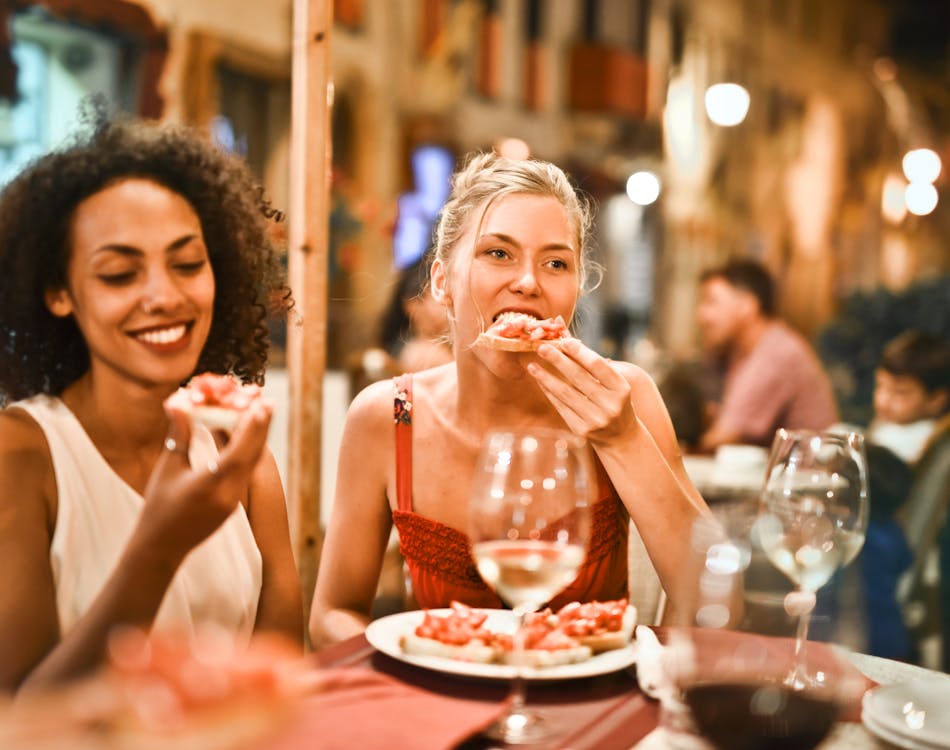
From New York to Chicago to Los Angeles, U.S. cities have relaxed and streamlined processes for obtaining outdoor dining permits. Johan Botma of Sfoglia applied for New York City’s Open Streets program, which allows restaurants to apply online and self-certify to temporarily expand their outdoor seating.
In other US cities like San Francisco for example, restaurants are moving ever closing to the permit of closing streets for outdoor dining, and limiting car traffic for maximum table service. Even if your sidewalk space is limited, check your local regulations to see what’s possible.
Tip 2. Start slow, then grow

Before New York reached Phase 2 of its reopening strategy, authentic Italian restaurant Sfoglia was open only for takeout and delivery, with the team placing a few tables outside the restaurant for people to enjoy their to-go meals. On June 22 2020, they were allowed to begin table service outside and after an overwhelmingly positive response from guests, they began to grow their outdoor area.
“People were excited to come out and appreciate that we had opened, and we just grew – we are making adjustments by the minute,” their founder said.
Tip 3. Embrace your surroundings
 At 50% capacity or less, Houston’s B.B. Lemon could only seat around 12 people inside its restaurant, even with a 1,500 square-foot yard lined with trees and a fence outside. To utilize this massive space the team purchased cabanas to fill with private tables and lights, creating a luxurious, resort-like atmosphere and attracting a new host of clients with higher dispensable incomes.
At 50% capacity or less, Houston’s B.B. Lemon could only seat around 12 people inside its restaurant, even with a 1,500 square-foot yard lined with trees and a fence outside. To utilize this massive space the team purchased cabanas to fill with private tables and lights, creating a luxurious, resort-like atmosphere and attracting a new host of clients with higher dispensable incomes.
“It’s almost like a garden party every night, with spacing for tables,” said founder Benjamin Berg. “If they are all full, we can seat more than 80 people, and everybody is still 10 feet away from each other. You don’t feel like you’re in a restaurant in the middle of a city.”
Tip 4. Follow safety and distancing guidelines
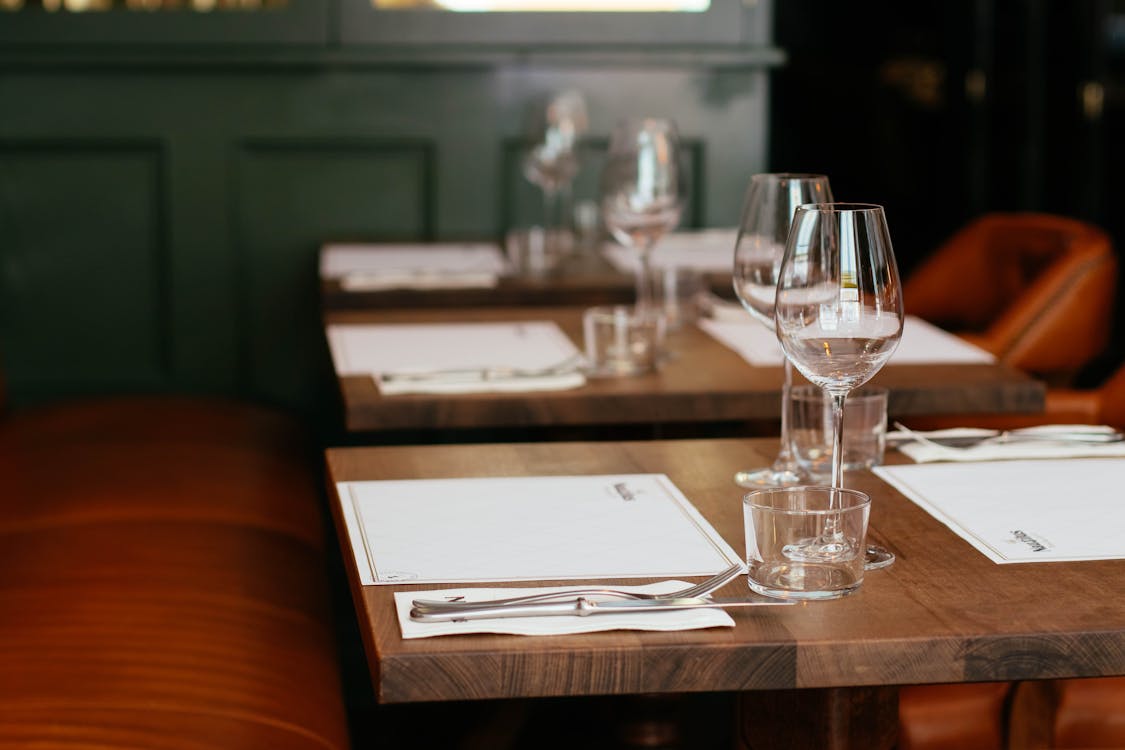
Ryan Cole is partner at San Francisco’s The Vault, a top venue which sits in a building occupying a whole city block – including a massive plaza. With The Vault closed during Covid his team built an entirely new restaurant in a section of the plaza, utilizing the space’s bamboo garden: naming it The Vault Garden.
“We didn’t have to physically pivot the space to accommodate the guidelines,” said Cole. “Our partnership with the building allows it, because it’s a great use of the space.”
Tip 5. Keep guests in-check to stay safe

Ryan Cole continued “We designed our restaurant to make it as safe as humanly possible…You should come and expect rules for your own benefit.”
In outdoor spaces, guests may not know when to wear a mask, how to move around, or what to expect generally, including heading inside even to use a restroom. Hosts at The Vault Garden give each guest who enters a menu and the card above, which details exactly how seating and other arrangement work including what they need to do to remain safe. Consider the protocols a two-way street, and don’t be shy about over-communicating with guests to ensure they stick to the rules.
Tip 6. Invest wisely in outdoor décor
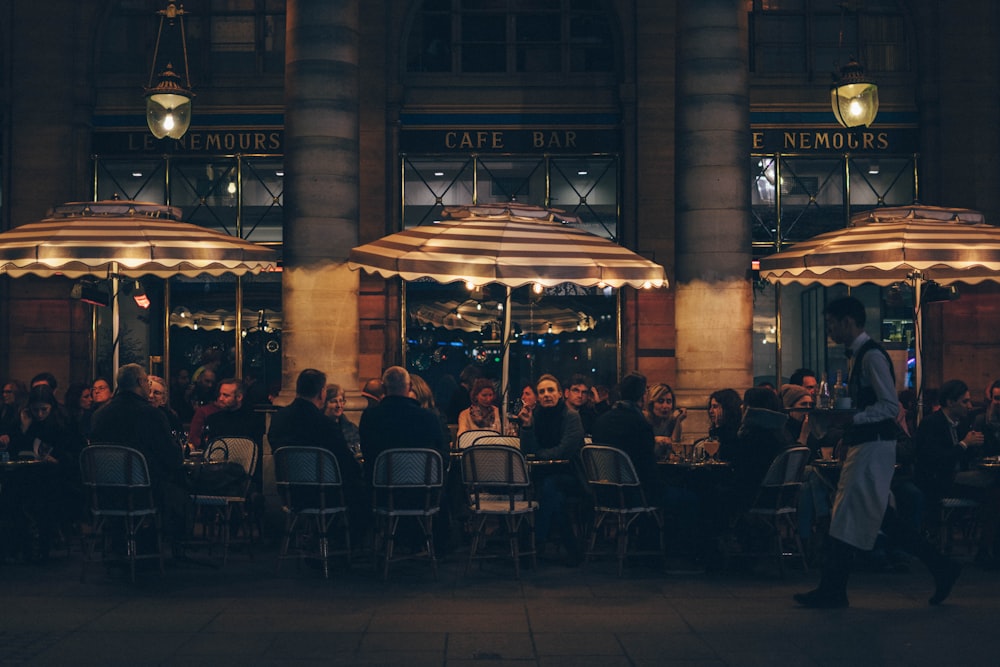
A financial crisis is hardly the time to invest in new décor, as Sfoglia´s founder Botma noted – his outdoor space was built on a “nonexistent budget,” apparently but any investments other restaurateurs do decide to make in additional seating will pay off in additional sales and will help you plan for all the weather and seasons that get thrown at you.
Out of desperation, Botma initially pulled his vintage wood dining room tables outside despite not being weather-proof, but after a quick trip to Home Depot, where he invested in lights, extension cords and tables he decided not to worry about breaking the bank for an attractive outdoor seating area.
On the flipside, Berg used a simple ROI calculator when planning B.B. Lemon’s outdoor spaces. Though the cabanas, tables, and solar-powered lights required a significant initial purchase, he said, “we could pay for it in one day” due to the importance of an outdoor seating arrangement for their customers.
For colder weather, small businesses may consider buying patio heaters and umbrellas or retractable coverings to encourage diners to visit your restaurant during the winter or rainy season. “We have shoveled snow, lit the fire, turned on the heaters, and sat guests at outside tables in winter – they loved it!” said Allison Cullen, director of marketing at Harvest in Cambridge outside of Boston. “It was a fun experience for them and allowed us to use the space when we normally wouldn’t be able to.”
Tip 7. Create an atmosphere that reflects your brand image

Of course, you wont only need tables and chairs – a successful outdoor experience should feel like an extension of your typical restaurant vibe. “Think about the whole package,” Berg advised. “Make it something that’s desirable, where people really want to be – not just where they’re forced to be because they feel it’s safer.” Just look at B.B Lemon, two guests have proposed since they installed the cabanas!
Botma even invested in blue umbrellas to match their outdoor tables, creating a “colorful oasis at night,” he said. San Francisco summers rival winters in the rest of the country, so The Vault Garden offers single-use blankets and disposable heat packs to make people more comfortable outside. Just think about the whole experience of your consumer and what you can do to make them feel not only safe, but also cozy and special, as if no one else has ever been.
Tip 8. Extend your floor plan outside to stay open

With many dining rooms closed more restaurants than ever now offer reservations from outdoor tables. In OpenTable, you can categorize existing tables as being outdoor, add new outdoor tables to your existing floor plan or create an entirely new plan for your outdoor seating. Here’s how.
By carefully managing your tables outdoors, you can more accurately adjust your reservation availability and show customers you provide safer seating. Making outdoor tables reservable allows you to set expectations with guests.
Plus, outdoor reservations provide more predictability around how many guests you’ll seat, so you can order accurately and avoid both waste and unexpected crowds. You can even operate more service turns by offering statuses on every table.
Tip 9. Adjust your food and drink menu
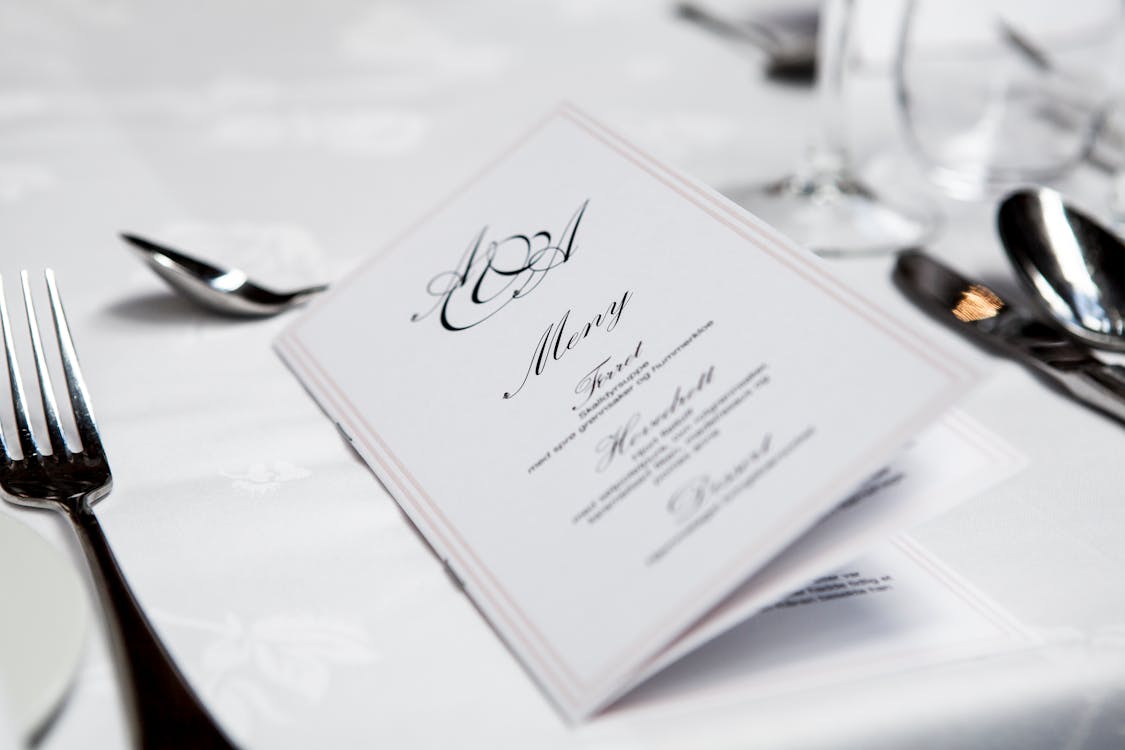
Especially when first launching an outdoor dining space restaurant owners should consider scaling down their food menus in order to house consumer favorites and add new items over time. For founder Botma, a limited menu allowed Sfoglia manage waste and monitor business growth. Remember that weather is always a factor, too – dishes like panzanella salads and semifreddo desserts are easy to execute with limited staff and are the perfect offering for an al fresco lunch. Review your menu and see if it suits an outdoor seating plan!!
The Vault Garden built an entirely new menu designed soley for outdoor diners. The restaurant’s kitchen sits on the other side of the block, so runners have to carry plates and trays up and down stairs, creating challenges for certain dishes. They designed cocktails to be pre-batched and poured into high-end plastic glasses to avoid breakage, therefore saving time, money and waste.
Tip 10. Get the word out
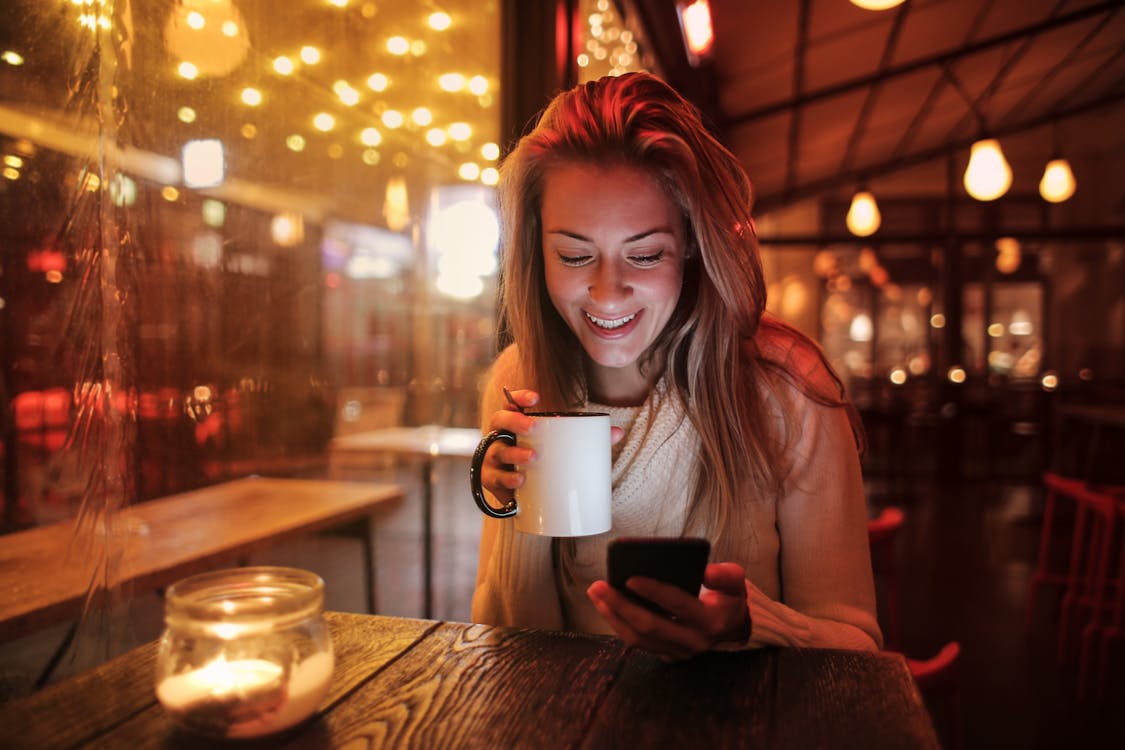
Many lockdown guests are eager to dine at restaurants again, but they don’t always know that their favorites are re-open for business. Stay social and post photos of your new spaces and menus on your social media channels and other online profiles (including your OpenTable photo gallery) to show people what they can expect and if they are safe to visit you again. Create a buzz!
Lean on other neighborhood resources, too. Botma contacted local forums, businesses, and radio programs in his area to build buzz surrounding Sfoglia’s new setup, listing them among the city’s best outdoor dining options in the New York Post – for “phenomenal exposure,”. Look at your options and cover all bases, not just social media, not every one of your customers follow you or knows where to find you online.
If you have changed your opening hours due to restrictions then remember to modify your Google page, too! When The Vault Garden opened founder Cole hired a PR firm and invested in paid marketing. “In the long run, we need to fill hundreds of seats a day,” he said. “We have to figure out how to work within this. We’re treating it like a regular restaurant, not five tables on the sidewalk that can’t sustain a business.”